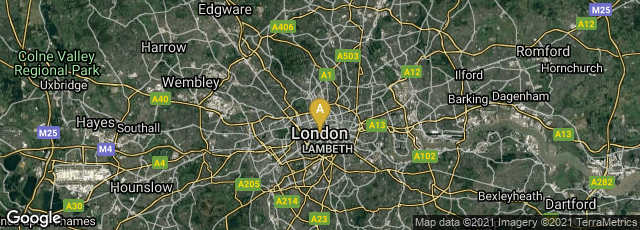

A: London, England, United Kingdom
In 1814, when steam power was first applied to printing at The Times of London there were very strong feelings in the minds of the English working classes against the introduction of machinery. Memory of the luddite machine-breaking in the textile industry and the resulting executions that had occurred only one year earlier, was very fresh. It was felt with much justification that machinery mainly benefited the owners of the factories, and deprived the working man of his right to labor. Hand press printers shared this fear and hatred of mechanical innovations with other handcraftsmen. For that reason the owner of The Times, John Walter II, secretly set up Friedrich Koenig's printing machine in a separate building adjoining The Times office, for fear that, like the Luddites, his pressmen might smash the offensive machinery. Though there was no breaking of printing machines in London, this opposition took many years to dissipate:
"The London pressmen maintained for many years a stubborn but vain opposition to steam printing. Their intransigence merely brought in 'irregular' labour, mechanics and others who had never served apprenticeship to printing. There was thus created a new class called 'machinemen', 'machine minders', or 'machine managers', who eventually (1839) established their own organisation...." (Musson, Trade Union and Society History [1974] 102).
By 1839 there were a sufficient number of operators of printing machines in London that they decided to form a trade organization distinct from the pressmen and typographers, calling it The London Printing Machine Managers' Trade Society.